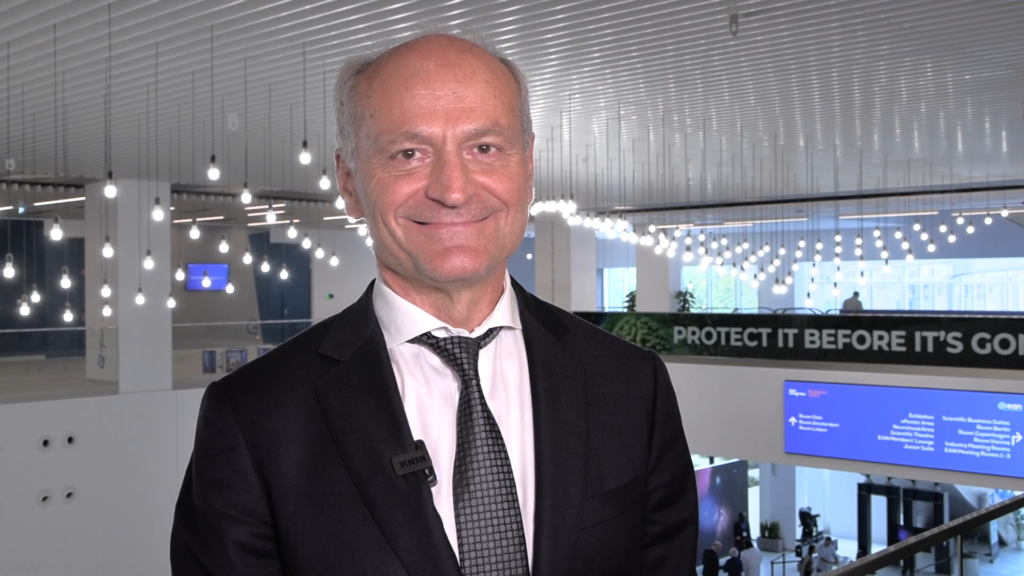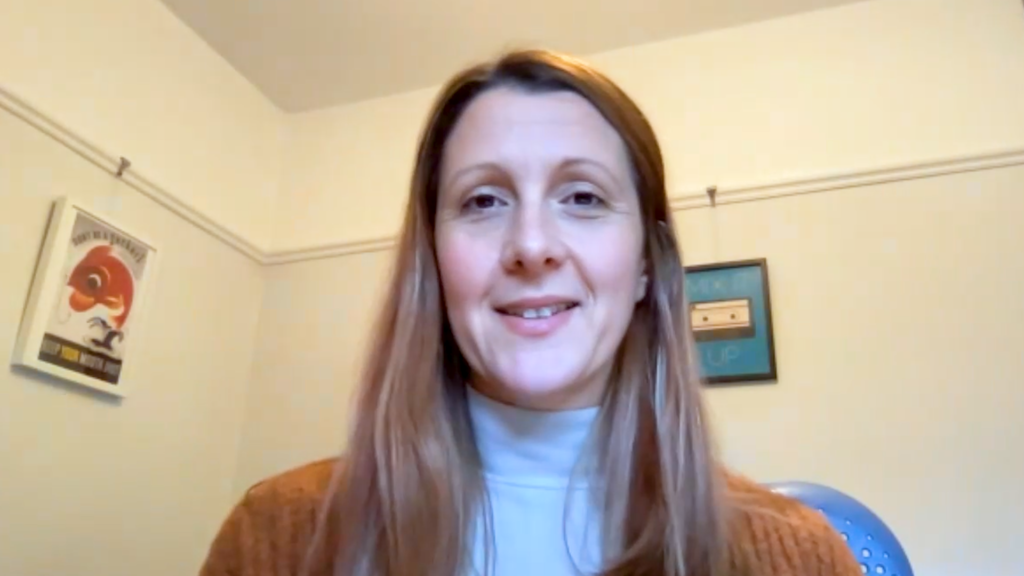Fabrizio Stocchi discusses how OFF periods develop during Levodopa therapy and the use of apomorphine therapy to address these OFF periods.
FILMED AT THE INTERNATIONAL CONGRESS OF PARKINSON’S DISEASE AND MOVEMENT DISORDERS (IPMDS), JUNE 2016
CAN YOU EXPLAIN HOW OFF PERIODS DEVELOP DURING LEVODOPA THERAPY IN PARKINSON’S DISEASE?
00:11 – When a patient with Parkinson’s disease is treated with dopamine agent compound, especially levodopa which is the most potent one, eventually they develop fluctuations in performance which could be motor when the patient becomes slower, tremors appear, rigidity, slow in moving; and non-motor, so this period that can also present with anxiety, depression, panic attack. They can actually appear together, or sometimes the patient can only have motor symptoms or non-motor symptoms. And this happens two or three times during the day, or sometimes even more, and are called off periods. They develop because the levodopa changes in terms of pharmacodynamics. So each single dose becomes shorter, so instead of working for five hours or four hours, it starts working for two or three hours. And this mimics the pharmacokinetics of levodopa. So, it is a mix between a change in pharmacodynamics and problems in pharmacokinetics. For example, if a patient is taking a tablet and this tablet is not absorbed in the small intestine, the patient is actually off, and this off can be even very prolonged.
HOW DOES APOMORPHINE ADDRESS THESE OFF PERIODS?
01:48 – When the patient develops off time during the day, of course we try to optimise the treatment, the oral treatment, and try to avoid these off periods. But unfortunately, some of these off periods remain there despite the best treatment. So, you need what we call a rescue therapy. So a therapy that the patient can actually take when he really needs. And apomorphine is a very fast-acting compound, very powerful, similar to levodopa, but actually it bypasses the gastrointeric system. It works in seven to ten minutes when injected under the skin. So it’s a perfect rescue therapy because it’s fast acting, reliable and very potent. Apomorphine can also be given as a continuous infusion with a pump in more severe patients, otherwise you can use the rescue for off time during the day.
WHAT ARE THE LIMITATIONS OF APOMORPHINE THERAPY?
03:00 – Apomorphine is a very potent compound, very effective, but it’s not widely used so far. And the reason is mainly because apomorphine is given with subcutaneous injections. So, either the patient has to inject himself with this pen, or somebody has to inject the patient. So, now doctors and patients are reluctant in using needles and pens, especially in the United States, but also in Europe. Such a good drug should actually be more widely used. So we believe it is especially a matter of the delivery system. Of course apomorphine can actually cause some side effects such as nausea, vomiting, hypotension, but these are common with other dopamine agonists as well. So we believe it’s mainly a matter of the delivery system.
A NEW SUBLINGUAL FORMULATION OF APOMORPHINE IS CURRENTLY BEING DEVELOPED. CAN YOU TELL US MORE ABOUT IT?
04:04 – Bearing in mind that apomorphine is a good, potent compound, but the delivery system is not well accepted by patients and doctors, new delivery system has been tested in the course of this year. So we tested a nasal spray, we tested also some tablets. But apomorphine is not absorbed in the stomach. So you need a delivery system that actually uses a different administration way. So, I mean, that’s why the subcutaneous. So, there’s now a new delivery system. It’s a film which you can stick under the tongue, and this film delivers immediately apomorphine under the tongue. The patient has to keep the film in the mouth for about 40 seconds to one minute, without swallowing. And if the patient doesn’t swallow, the apomorphine is absorbed through the oral mucosa and actually work in about…between 7 and 15 minutes. And of course, improve the off period of this patient. So the effect is similar to the subcutaneous infusion, but it’s much easier for the patient and of course it’s much well accepted because you just stick this film under the tongue and in 7 minutes or 10 minutes the patient is on again.












